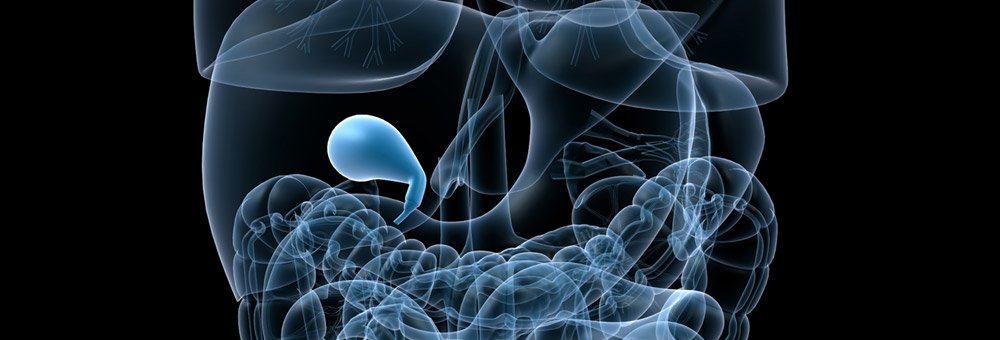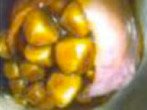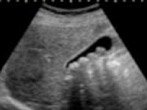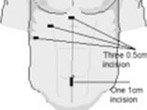
You are here: Home > Our Services > Specialised Procedures > Management of Gallstones
Management of Gallstones

Mr Dhiren Nehra MPhil, FRCS
Consultant Surgeon, St Anthony's Hospital
For appointments 0208 337 6691, 01372 221 441, 0208 335 4501
Email:
website: www.mrdnehrafrcs.com
Gallstones are formed when the bile that is produced by the liver becomes very enriched with fatty substances such as cholesterol or bile pigments. The incidence of gallstones in UK is 10-30% and is increasing with western diets with high fat content. Many patients develop pain in the right upper part of the abdomen that may last from few minutes to few hours. Some patients complain of indigestion, feeling fullness, and discomfort in the upper part of the abdomen after a meal. Gallstones can sometimes cause severe complications such as pancreatitis or obstructive jaundice. The condition can be diagnosed with an ultrasound scan.
Laparoscopic Cholecystectomy
This is a standard procedure for treatment of symptomatic gallstones. The function of the gallbladder is to store bile however the gallbladder is not essential organ as the bile flows directly from the liver to the gut once it is removed.
Procedure
The surgery is performed under general anesthesia. It involves making an incision that is approximately half an inch is made around the umbilicus (belly button), three other quarter to half inch incisions are made for a total of four incisions. A laparoscope (which is a long thin round instrument with a video lens at its tip) is inserted through the belly button port and connected to a special camera. Using long specially designed instruments the gallbladder is detached from its attachments to the liver and the bile duct and then removed through one of the ports from the abdomen. After the gallbladder is removed from the abdomen the small incisions are closed using absorbable stitches.
Laparoscopic cholecystectomy is a key operation in my practice and is a very safe. The overall complication rate is less than 0.1% in my personal series of over 2000 operations. Some of the complications that can occur include bleeding, infection, leakage of bile in the abdomen, pneumonia, blood clots. In a small number of patients if excessive scarring is present or the anatomy of the structures is not clear then for safety reasons the procedure may be converted to an open surgical operation
Recovery
Most patients can go home the same day if operated in the morning or the next day. I encourage them to get back to normal activities as soon as they feel capable usually within a week's time. These include driving, walking up stairs, light lifting and work.
Other treatments such as dissolution or lithotripsy (blasting) of gallstones are usually ineffective; besides the stones will re-form in a diseased gallbladder.
Information provided by Mr Dhiren Nehra MPhil. FRCS





 Click here to get help
Click here to get help